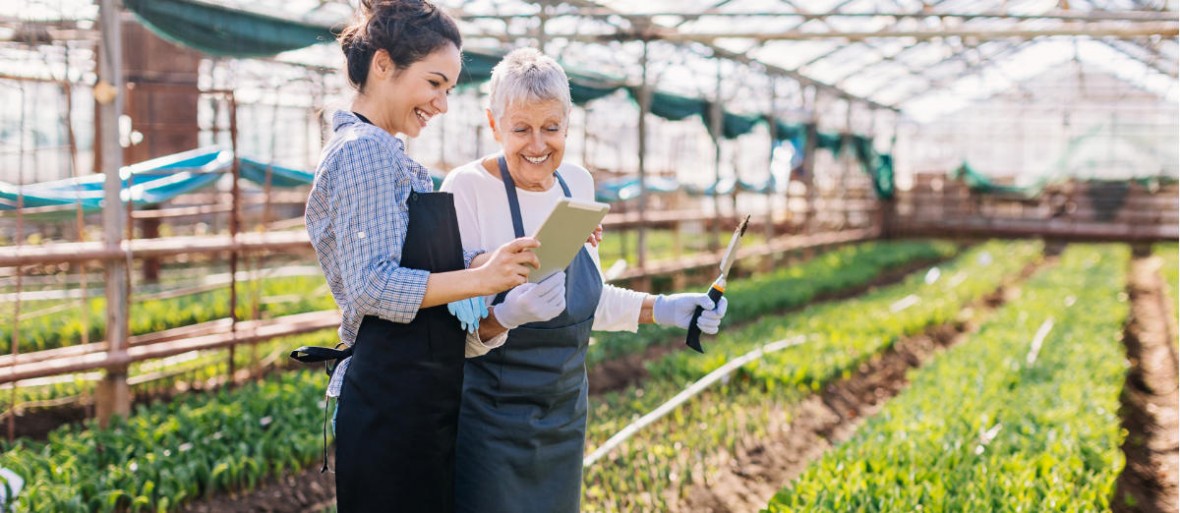How does food waste contribute to climate change?
As multiple studies consistently show, food loss and food waste contribute an estimated 3.3 billion tons of greenhouse gas emissions to our global carbon footprint. These staggering emissions are largely associated with food production, which uses a huge amount of land, water and energy. Valuable resources are wasted in the production, harvesting, transporting and processing of food that will never be eaten.
Dealing with food waste only further increases the carbon footprint of our global food supply. Food waste that is sent to landfill emits methane. And what’s the deal with methane gas? Methane ranks as the second-largest single contributor to climate change, after carbon dioxide (CO2).
While CO2 accounts for an estimated 76 percent of all human-made greenhouse gases, there’s a potency problem with methane. There’s less methane in GHG emissions – around 16 percent – but this gas traps more heat in the atmosphere per molecule than CO2. (How much more is hotly debated.) So, it’s still a huge problem.
Fortunately, methane has a shorter lifespan than carbon dioxide, approximately 12-20 years compared to up to a thousand. Consequently, given its higher potency and shorter lifespan, cutting methane emissions can be a fast way to tackle a major contributor to global warming.
As waste is the third most common man-made source of methane – coming after the energy sector and agriculture – if we cut waste, we cut methane, and we can have a near-term positive impact on climate change.
So where do you start to cut food waste?
 written by Michael Pooley, 7th Δεκέμβριος 2023, in
written by Michael Pooley, 7th Δεκέμβριος 2023, in 







